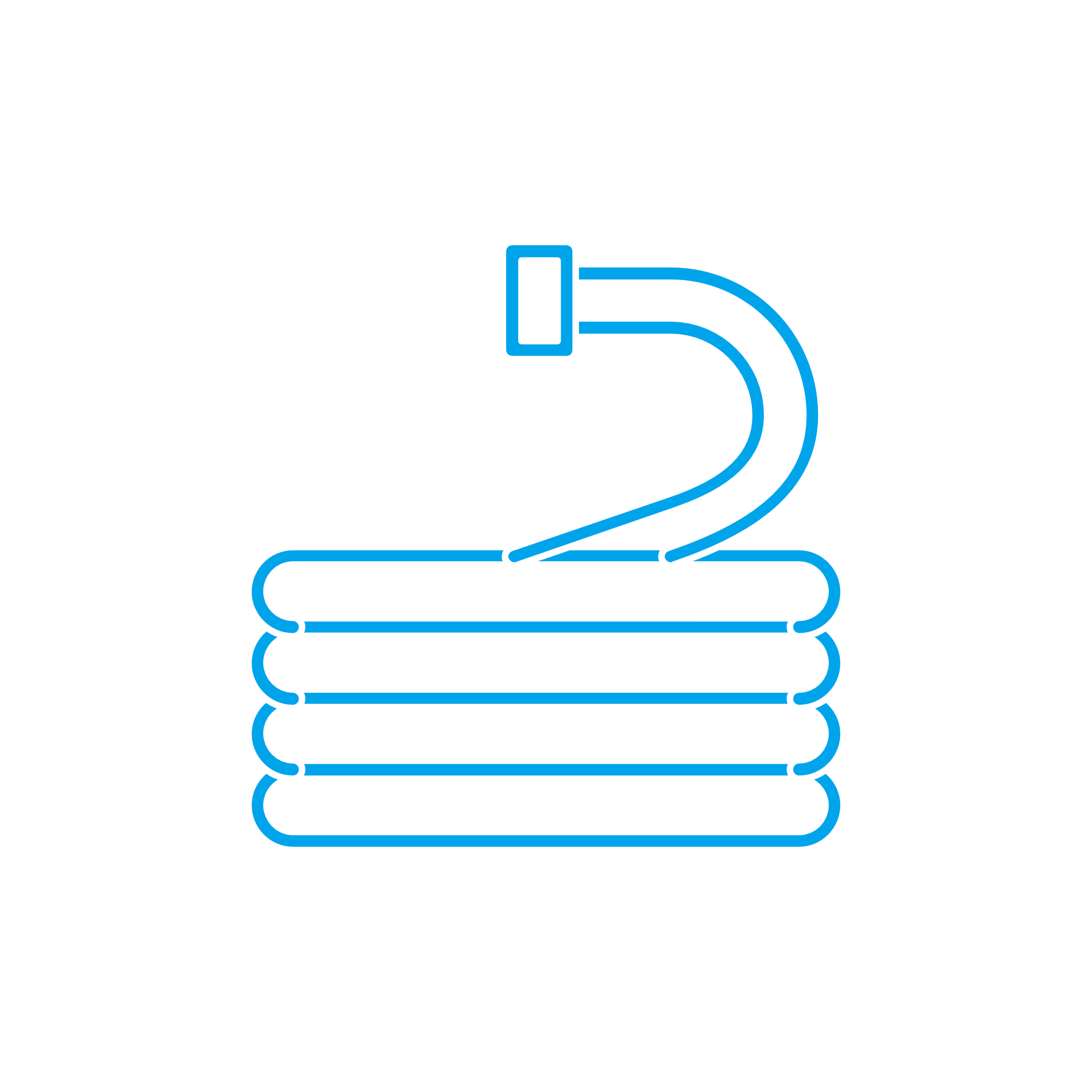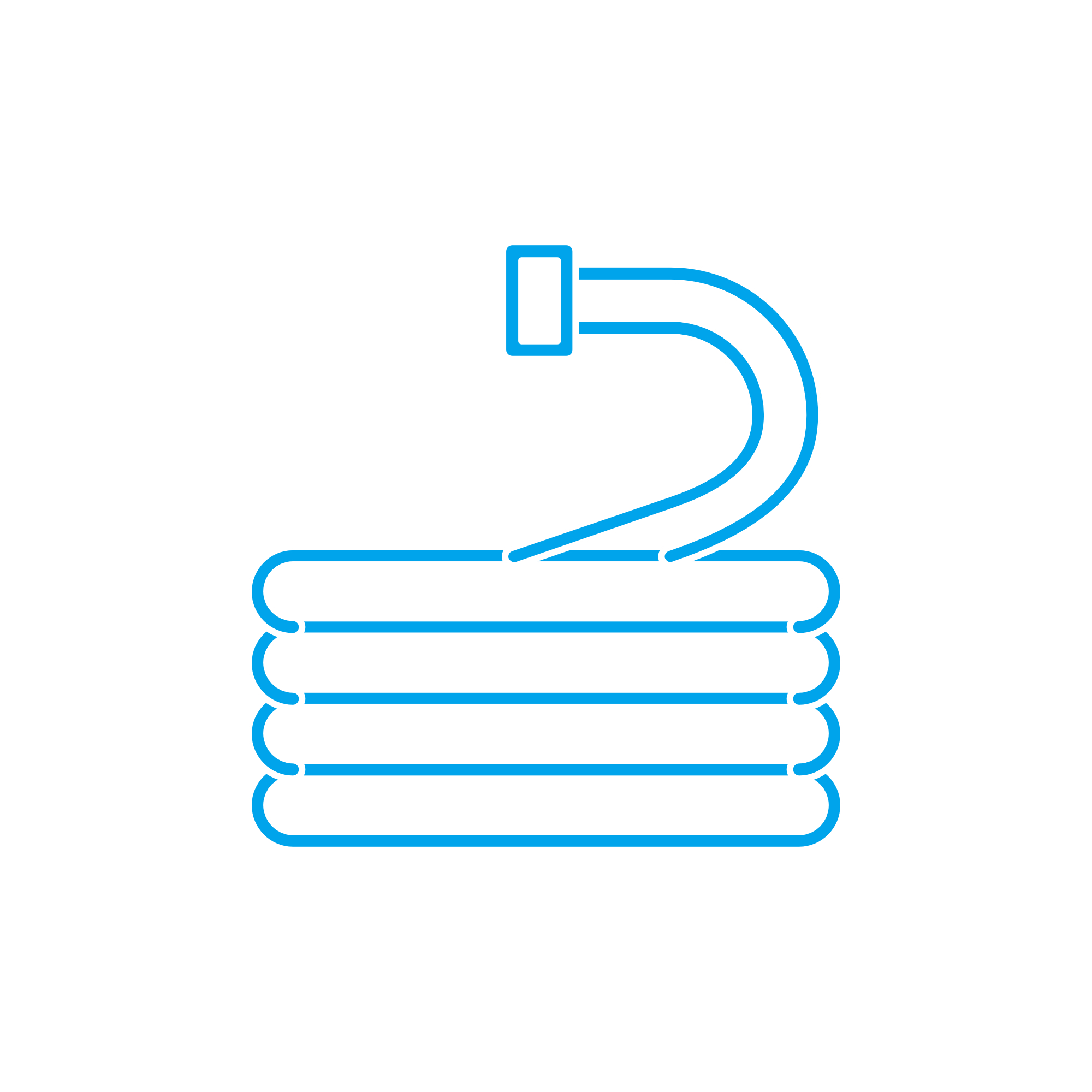HIGH-PRESSURE HOSE and engine hoses for diesel and marine engines
Hoses are flexible, reinforced conduits that route liquids and gases across an engine and its auxiliaries. In diesel and marine engine environments, hoses connect fuel supply circuits, lube-oil galleries, coolant loops, charge-air interfaces, and hydraulic actuation systems. A well-specified hose assembly maintains flow, pressure, and sealing under vibration, thermal cycling, and movement—making it a small component with a decisive impact on engine availability and safety.
Within the category “Hoses,” the spectrum ranges from coolant and lube-oil lines to specialized HIGH-PRESSURE HOSE assemblies for hydraulics and control systems. Construction typically includes an inner tube tailored to the medium (e.g., NBR, FKM, EPDM, or PTFE), one or more steel-wire braids or spirals for reinforcement, and an abrasion-, oil-, and ozone-resistant outer cover. Correct fittings and crimp ferrules ensure a leak-tight, pressure-rated connection to pumps, filters, manifolds, and actuators.
Technical function of engine hoses and the role of a HIGH-PRESSURE HOSE
In operation, hoses balance two demands: they must flex with the engine and withstand pressure, temperature, and chemical exposure. A HIGH-PRESSURE HOSE in a diesel engine hydraulic circuit can transmit up to several hundred bar to actuate governors, fuel racks, or wastegate/VGT mechanisms. In a marine engine, hoses also handle coolant transfer between block, heat exchanger, and charge-air cooler, as well as lube-oil feed and return for turbochargers. Where low permeation and chemical resistance are essential—such as fuel transfer, urea/SCR dosing, or gas engine blow-by management—materials like PTFE, FKM, and special barrier layers are used.
Performance ties directly to hose design. Reinforcement density and angle control expansion under load, preserving volumetric efficiency and response. Optimized bend radius prevents kinking at tight installations. Conductive inner tubes dissipate static in fuel lines, reducing ignition risk. Fire-sleeves and flame-resistant constructions (e.g., compliant with ISO 15540/15541) are frequently required in engine rooms. For dimensional and impulse-life consistency, many assemblies follow SAE J517 families (e.g., 100R1/R2/R12/R13/R15) or EN 853/856/857 and EN 856 4SP/4SH.
For procurement teams, correct fittings and crimp specs matter as much as hose type. Common interfaces include JIC 37°, ORFS, DIN 24°, BSPP, NPT, and metric connections. An accurately crimped HIGH-PRESSURE HOSE for marine engine hydraulics or a diesel engine control loop minimizes micro-leaks, pulsation fatigue, and unplanned shutdowns.
- · High burst strength and impulse-life for stable pressure control
- · Chemical compatibility with fuel, coolant, lube oil, and hydraulic fluids
- · Low permeation options (barrier or PTFE liners) for emissions control
- · Tight bend radius to fit compact engine rooms
- · Abrasion- and ozone-resistant outer covers for long service life
- · Anti-static and fire-resistant designs for engine-room safety
- · Precisely matched fittings and crimp dimensions for leak-free assembly
Why hoses are critical for reliable engine operation
Hoses safeguard the core functions of combustion engines: lubrication, cooling, fueling, actuation, and ventilation. If a coolant hose degrades, localized hotspots cause liner distortion, cavitation, and head-gasket damage. A compromised lube-oil hose can starve bearings, accelerate turbo wear, and trigger catastrophic failure. Fuel and hydraulic leaks pose fire hazards and environmental risk, while pressure losses degrade power, response, and efficiency. In marine service, classification inspections frequently scrutinize hose routing, shielding, and condition because failures escalate quickly in confined engine rooms.
Typical failure modes include heat aging, external abrasion, chemical swelling, ozone cracking, reinforcement fatigue from pulsation, incorrect bend radius near fittings, and improper crimping. Proactive selection and periodic replacement—guided by service hours, temperature exposure, and pressure cycles—preserve uptime and reduce total cost of ownership.
Advantages of OEM spare parts suitable for Hoses and HIGH-PRESSURE HOSE assemblies
Using OEM spare parts suitable for your hose applications ensures dimensional accuracy, material consistency, and proven performance in the exact engine platform. This is especially important for a HIGH-PRESSURE HOSE in a marine engine or diesel engine, where pulsation loads and thermal gradients are high.
Key benefits include precise fitting compatibility, controlled reinforcement layup for predictable expansion under load, verified impulse-life and burst ratings, and traceable compound chemistries for fuel, oil, coolant, and gas exposure. OEM parts also maintain the intended crimp diameters and ferrule geometries—details that directly affect sealing integrity, vibration resistance, and service intervals.
The outcome is measurable: fewer leaks, stable pressures, optimized efficiency, and longer intervals between interventions. By protecting critical components—turbo bearings, injectors, pumps, and seals—well-matched OEM parts support both engine performance and budget targets through reduced downtime, lower fluid losses, and safer operation.
Selecting the right HIGH-PRESSURE HOSE material and specification
Match media and temperature to material: EPDM for hot coolant; NBR or FKM for oil and many fuels; PTFE for aggressive media and higher temperatures; and specialized barrier layers where permeation control is required. Verify pressure class with adequate safety margins, confirm bend radius for the installation envelope, specify anti-abrasion covers or protective sleeves, and use conductive liners for hydrocarbons. Always pair hose types with the correct fittings (JIC, ORFS, DIN) and follow documented crimp parameters to maintain rated performance.
MOPA — fast, high-quality, and secure supply of OEM parts for Hoses
MOPA is an experienced partner for OEM spare parts suitable for Hoses, including every critical HIGH-PRESSURE HOSE used in diesel and gas engines. We focus on speed, quality, and security in the trade of OEM parts, supporting shipowners, operators, and service companies with technically correct selections and reliable logistics.
Expect rapid cross-referencing of part numbers, access to approved specifications, and supply chain transparency. From single assemblies to full hose kits, MOPA delivers traceable components, clean-room crimping standards from trusted manufacturers, and packaging that preserves cleanliness and bend integrity—so your installation proceeds quickly and safely.
Conclusion: the value of a properly specified HIGH-PRESSURE HOSE
Hoses are indispensable to the safe, efficient operation of marine and diesel engines. A correctly engineered HIGH-PRESSURE HOSE safeguards pressure control, protects equipment, and reduces unplanned downtime.
Choosing OEM spare parts suitable for Hoses provides the precision, durability, and consistency required for demanding engine rooms—backed by MOPA’s speed, quality, and secure sourcing for diesel and gas engine applications.


